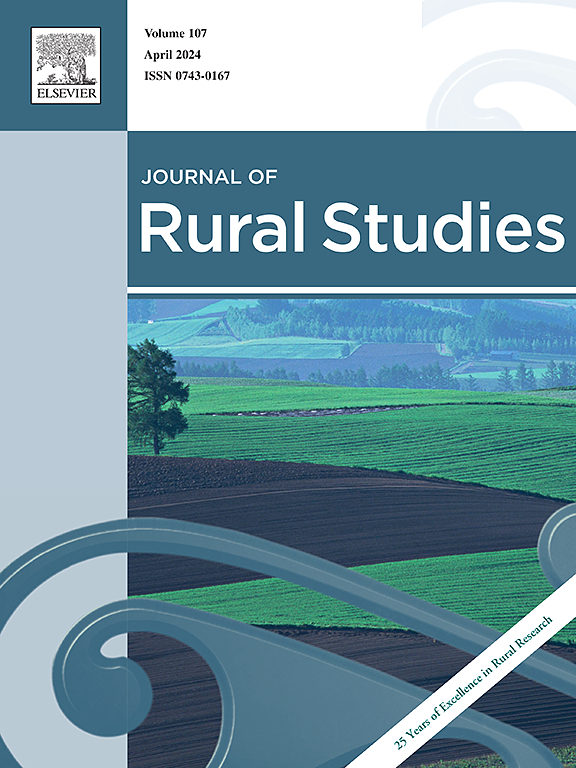耕地使用的后发过渡与粮食安全:来自中国的证据
IF 5.7
1区 社会学
Q1 GEOGRAPHY
引用次数: 0
摘要
耕地使用的后向过渡在实现粮食安全方面发挥着至关重要的作用,但对这一问题的探讨仍然不足,尤其是在饮食结构发生变化的背景下。此外,大多数衡量粮食安全的研究都侧重于粮食生产能力,而忽视了粮食消费的变化。本研究通过计算粮食生产与消费之间的差距来评估粮食安全,然后从投入、规模和产出三维形态来衡量耕地使用的隐性转变,并定量研究其对粮食安全的影响。利用 2000 年至 2022 年中国省级数据集,计量经济学模型估计表明,耕地隐性过渡的投入、规模和产出形态对粮食安全有显著影响。产出形态对粮食安全的促进作用更强,而规模形态则需要更多改进。此外,耕地利用的隐性转型对粮食安全的影响在不同地区有所不同,在粮食主产区和单产区的影响更为明显。这些发现揭示了不同形态和地区之间耕地用途隐性过渡的不同步性。为实现稳定的粮食安全,政策应致力于通过引导适度规模经营来协调多维度的耕地使用转型,并将粮食主产区作为试点区。本文章由计算机程序翻译,如有差异,请以英文原文为准。
Recessive transition of farmland use and food security: Evidence from China
Recessive transition of farmland use plays a critical role in achieving food security, yet it remains insufficiently explored, particularly under the background of dietary changes. Moreover, most studies measuring food security focused on food production capacity while neglecting variations in food consumption. This study assesses food security by calculating the gap between food production and consumption, then measures the recessive transition of farmland use from three-dimensional morphologies: input, scale, and output, and quantitatively examines its impacts on food security. Using China's provincial dataset from 2000 to 2022, econometric model estimates showed that the input, scale, and output morphology of recessive farmland transition significantly influence food security. The boosting effect of the output morphology on food security is stronger, while the scale morphology requires more improvement. Additionally, the impacts of recessive transition of farmland use on food security vary across different areas, with more pronounced effects observed in the major grain-producing areas and the single-ripping areas. These findings reveal asynchrony in recessive farmland use transition among different morphologies and regions. To achieve stable food security, policies should be committed to coordinating multidimensional farmland use transitions by guiding moderate-scale operations, with the major grain-producing areas serving as pilot zones.
求助全文
通过发布文献求助,成功后即可免费获取论文全文。
去求助
来源期刊

Journal of Rural Studies
Multiple-
CiteScore
9.80
自引率
9.80%
发文量
286
期刊介绍:
The Journal of Rural Studies publishes research articles relating to such rural issues as society, demography, housing, employment, transport, services, land-use, recreation, agriculture and conservation. The focus is on those areas encompassing extensive land-use, with small-scale and diffuse settlement patterns and communities linked into the surrounding landscape and milieux. Particular emphasis will be given to aspects of planning policy and management. The journal is international and interdisciplinary in scope and content.
 求助内容:
求助内容: 应助结果提醒方式:
应助结果提醒方式:


